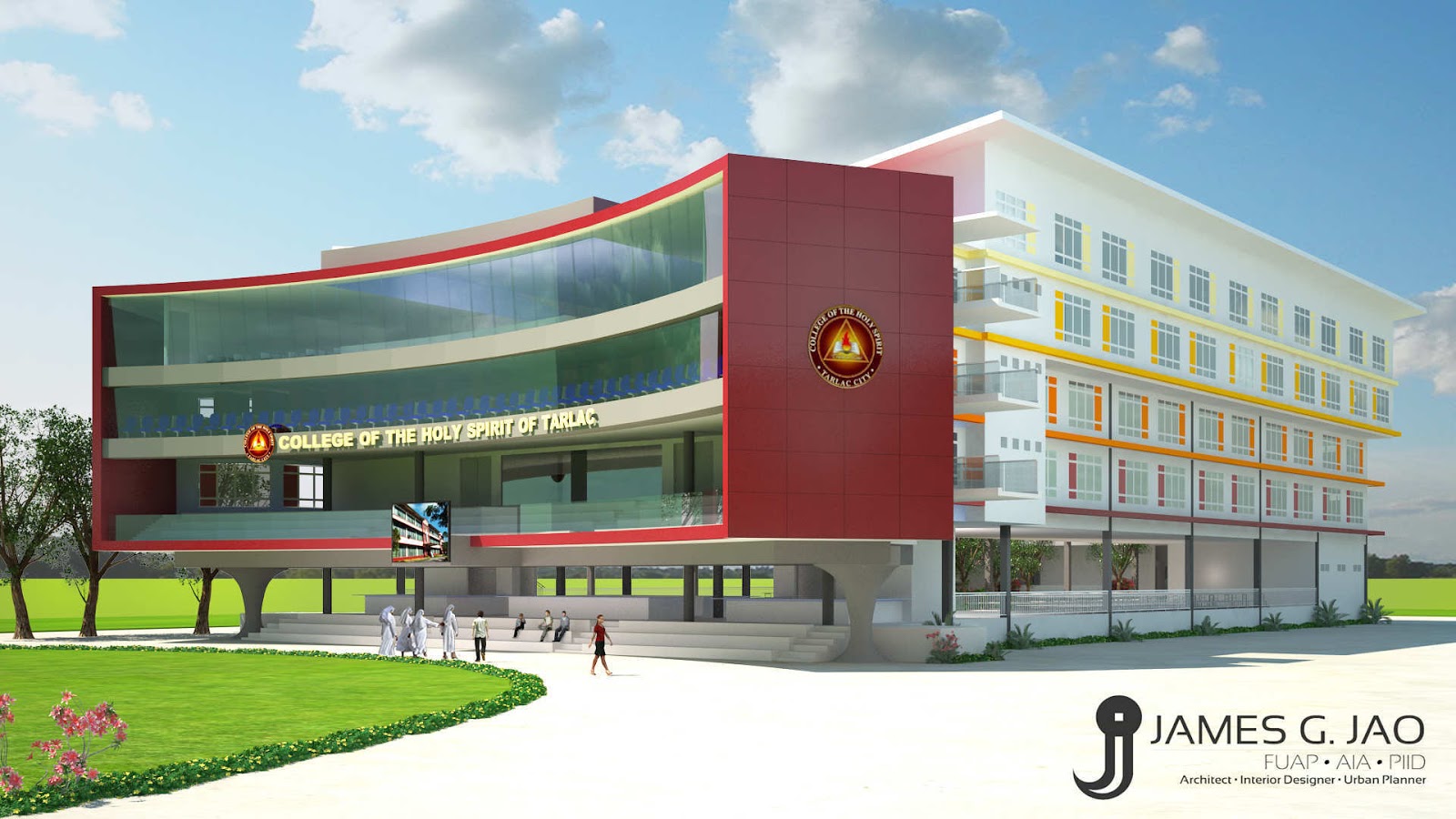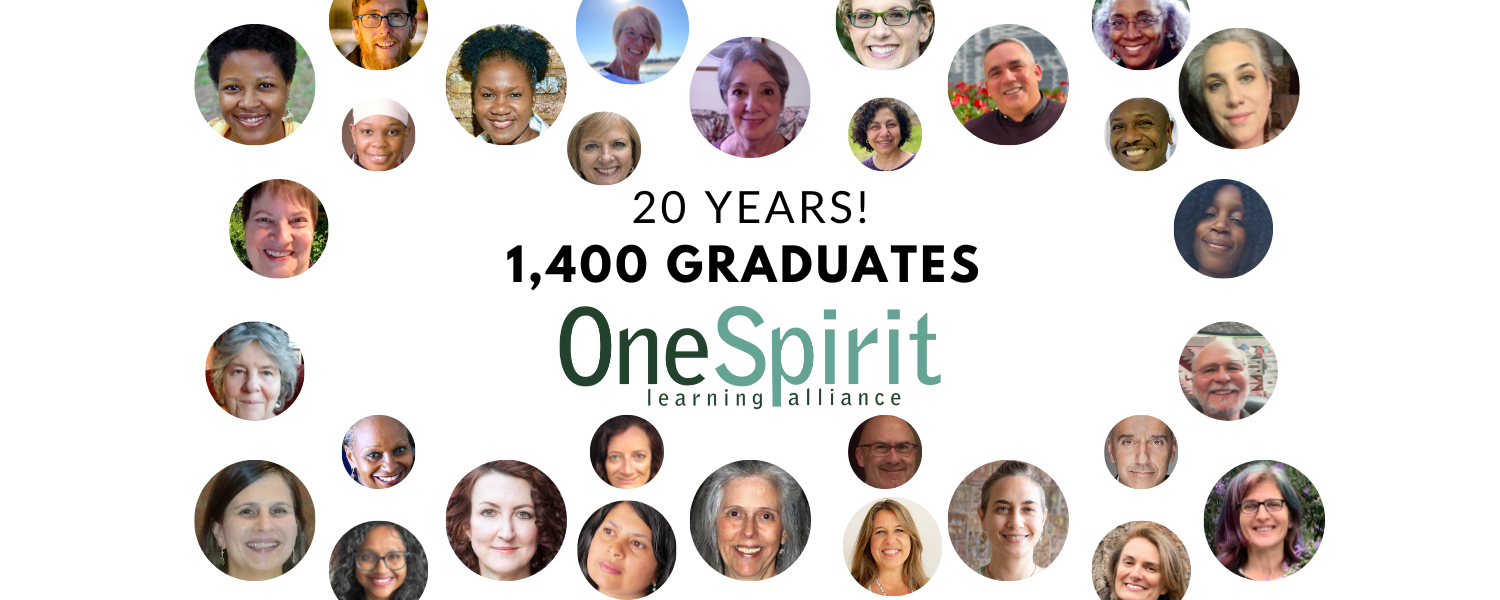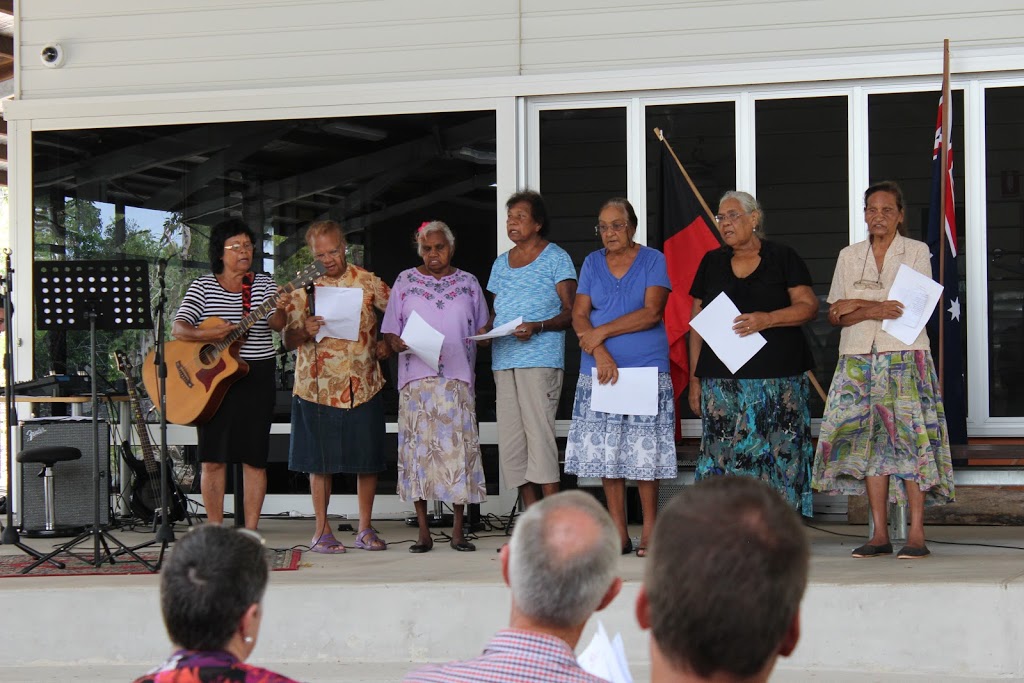


They decided to set up 14 regional "regional seminaries" (Major seminary that serves multiple apostolic vicariates) across the country, including the establishment of the "South China General Seminary" in Hong Kong, which mainly receives seminarians from more than ten apostolic vicariates including Guangdong and Fujian provinces.Īt the time, the only cities in South China that were capable for the construction of the general seminary were Hong Kong or Guangzhou. In 1924, Archbishop Celso Costantini, the first Holy See nuncio to China, held the first bishop conference in Shanghai.
One spirit seminary plus#
However, due to the limited teaching staff, after graduating from the minor seminary, seminarians were often sent to major seminaries in Macau or Penang, plus a few were sent to Rome or Naples. Until the opening of the South China Regional Seminary, the Seminary of Immaculate Conception served as a "minor seminary" and a "major seminary" (the former provides secondary education and the latter provides philosophy and theological training) although it was not well-developed in scale and space. The seminarians lived there and assist in missionary work while studying. In 1900, the seminary was moved to a three-storey building in front of the cathedral (the current site of Raimondi College). In 1888, the Cathedral was completed and named "Cathedral of the Immaculate Conception." The seminarians had then moved into a bungalow behind the Cathedral, which was named "Seminary of the Immaculate Conception." Bishop Giovanni Timoleone Raimondi (MEM), the first Vicar Apostolic, decided to build the Cathedral in Caine Road while selling the land on Wellington Street on 1880s. In 1874, Hong Kong was promoted to be a Apostolic Vicariate. The first building of the Seminary was the Cathedral today in Caine Road, finished building in 1888. The first batch of seminarians ordained included: John Yeung (1858), Mark Leung (1861), Andrew Leung (1862), Stephen Chu (1866) and James Leung (1866). They first studied Latin, then philosophy and theology, and served the local parish when they were ordained. At the beginning of the seminary, there were only four or five seminarians each year.
.png)
It was not until 1846, had the second floor of the mission house officially become a local seminary, under the Apostolic Prefecture of Hong Kong. Seminary of Our Lady of Immaculate Conception (1888-1946) They then moved back to the second floor of the mission house next to the church. Francis of Canossian College) until June 1843, the year that the Church of the Immaculate Conception was completed on Wellington Street. At that time, the so-called "seminary" where the seminarians lived was just a thatched cottage beside the oratory.Ī few months later, in order to build a formal sanctuary on the site, the seminarians had moved to a house in Wan Chai (current site of St. Theodore Joset, the first apostolic prefect, who brought 20 Chinese seminarians from Macau to Hong Kong and built a humble church on Wellington Street. The Holy See announced the establishment of the Apostolic Prefecture in order to provide pastoral care to Irish officer and soldier in Hong Kong.

In April 1841, the British army landed in Hong Kong. The seminary in Hong Kong was subordinate to the Congregation of Propagation of Faith of the Holy See. It then gradually evolved into the Holy Spirit Seminary today. It was not until 1964 that the South China General Seminary ceased operation and was taken over by the Diocese of Hong Kong. One was a Minor Seminary of the Diocese of Hong Kong, while the other was the South China General Seminary under the Congregation for the Propagation of Faith of the Holy See. There were a composition two seminaries in the beginning. Its history dates back to 1841, the year that the Hong Kong Diocese was found. The Holy Spirit Seminary was established by the Catholic Diocese of Hong Kong, with the purpose of cultivating young people who are dedicated to serving the local church and to become priests.


 0 kommentar(er)
0 kommentar(er)
